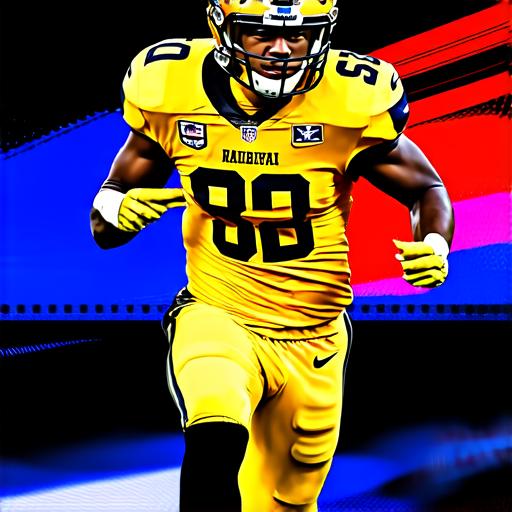Creating a football video game can be an exciting and rewarding project for game developers. However, the process requires careful planning, research, and execution to ensure that the final product is engaging, fun, and meets the expectations of players.
1. Define Your Target Audience
Before you begin creating your football video game, it is essential to define your target audience. This includes understanding their age range, interests, gaming preferences, and level of experience with football games. For example, if your target audience is casual gamers, your game should be designed to be accessible and easy to play. On the other hand, if your target audience is hardcore football fans, your game should be more complex and challenging.
2. Determine Your Game Mechanics
The next step is to determine your game mechanics. This includes deciding on the type of gameplay you want to include, such as simulation or arcade-style, as well as the features and elements that will make your game unique. For example, you may want to include a realistic physics engine, dynamic weather and lighting effects, and real-time player data analysis.
3. Create Your Game World and Characters
Once you have determined your game mechanics, it is time to create your game world and characters. This includes designing the environment in which the game will take place, such as the stadiums, fields, and equipment used by the players. You should also consider the physical characteristics of the players, including their height, weight, and playing style.
4. Develop Your AI and Player Control System
The artificial intelligence (AI) system is a crucial component of any football game. It determines how the opponents’ team will behave and respond to your actions. To develop an effective AI system, you need to understand the different types of players and their playing styles. This includes developing algorithms that can analyze player behavior and adjust the difficulty level accordingly.
5. Add Sound Effects and Music
Sound effects and music are essential components of any video game. They help to immerse players in the game world and add to the overall atmosphere of the game. When creating sound effects, you should consider factors such as the different types of players, equipment used, and the environment in which the game takes place. For example, you may want to include ambient noise, such as cheering crowds and whistles, to simulate a realistic matchday atmosphere.
6. Test Your Game and Refine It
Once you have completed the development process, it is essential to test your game thoroughly to ensure that it meets the expectations of players. This includes identifying bugs and glitches and addressing them promptly. You should also gather feedback from beta testers and use this information to refine your game mechanics and improve overall gameplay.
FAQs

Q: How long does it take to develop a football video game?
A: The development process for a football video game can vary depending on the complexity of the project, but typically takes several months to a year or more.
Q: What software do I need to create a football video game?
A: There are many different software options available for creating football video games, including Unity, Unreal Engine, and Construct 3. The choice of software will depend on your experience level and the complexity of your project.
Q: How much money can I make from a football video game?
A: The amount of money you can make from a football video game will depend on various factors such as marketing, distribution, and pricing strategy. It is important to conduct thorough market research before launching your game to ensure that it has the potential to generate revenue.
